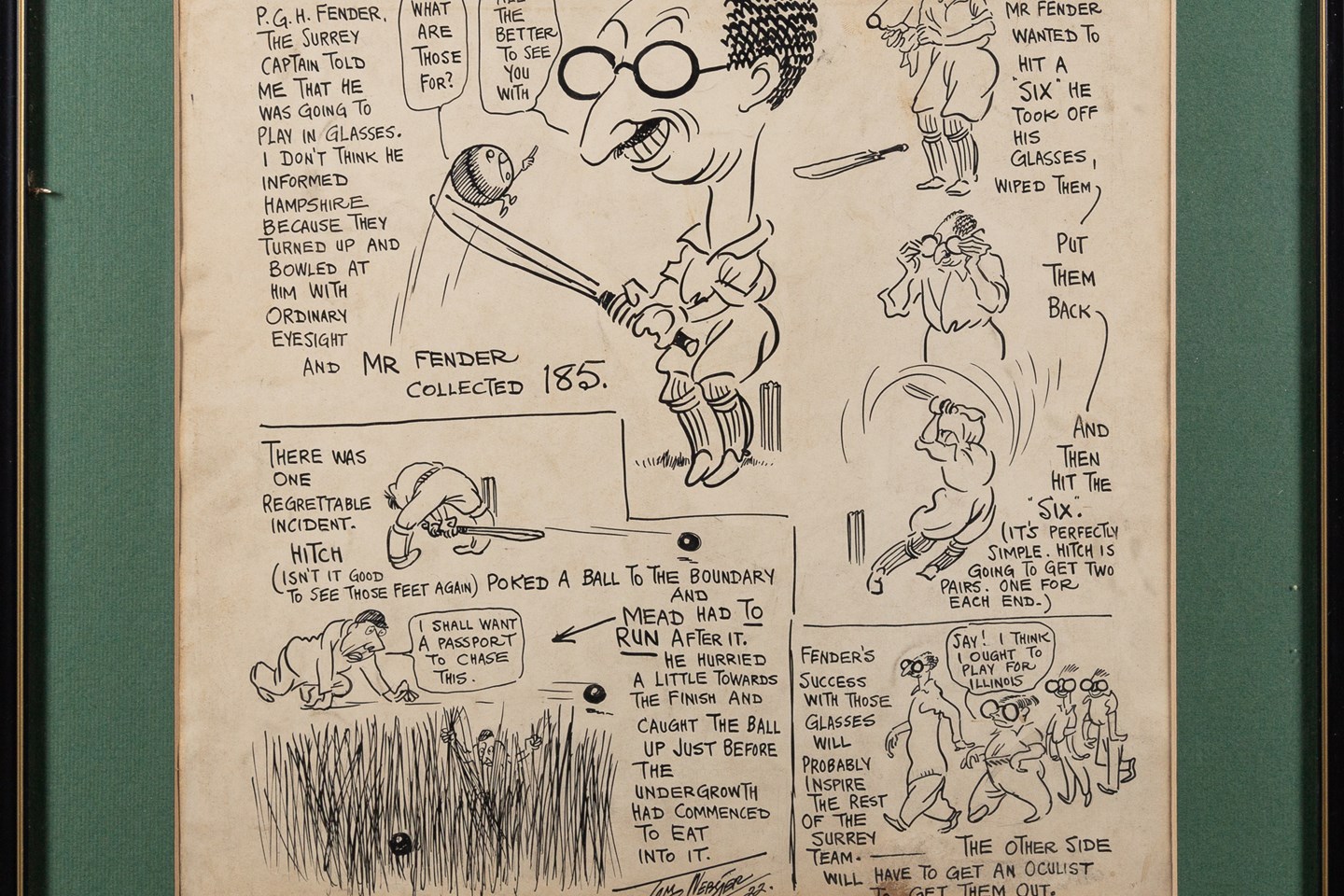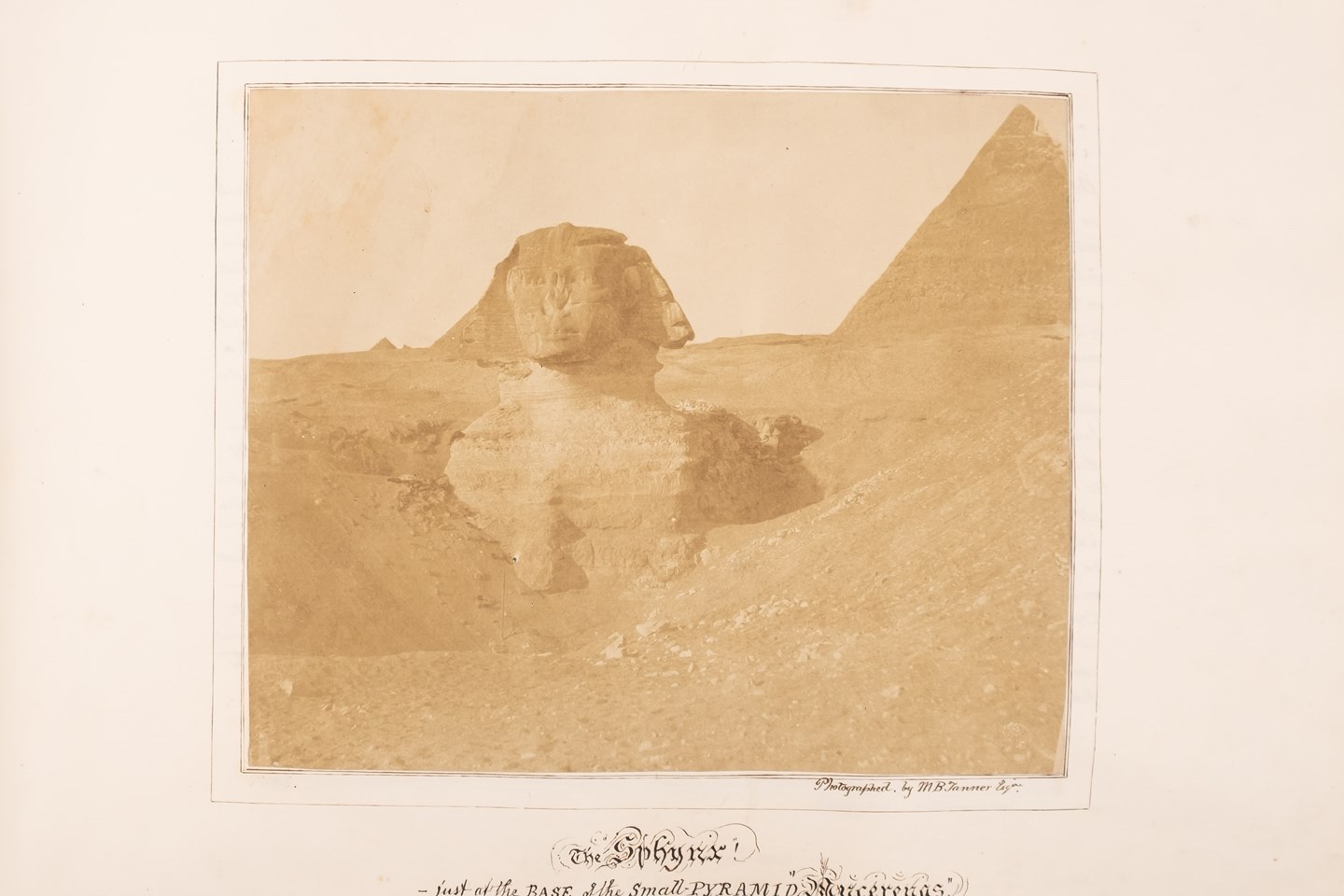As I alluded to, in my previous blog, the lack of availability of Japanese porcelain made it highly desirable from the 17th century onwards and more so during the 18th century. Whilst the original is far superior in potting, design and enamelling I am speaking from the point of view as someone who is familiar with the nuances of porcelain. By comparison when someone points towards a horse and admires its movement and confirmation I can only see a big, brown, hairy beast.
I cannot help, however, to be charmed by the many Kakiemon pretenders and have been smitten by the rather ‘custardy’ appearance and feel of Chantilly porcelain. I confess an Englishman is uncomfortable with a pause in conversation, he feels the need to fill it with unnecessary dialogue. Similarly our European cousins don’t like to see the sparse, designs and the limited palettes of ‘true’ Japanese, so tend to make Kakiemon designs a little busier.
But hey enough of the clues! Today’s blog is a quiz for you – I confess that the collection has been a fantastic opportunity and unlike you I have had the opportunity to handle it, bite, prod, scratch and do whatever it takes to make it indelible to my tactile memory. I have used images uncaptioned purposely, but hover over the image in the line up below and all will be revealed. They are Japanese, Chantilly, Saint Cloud and Worcester examples. No cheating now!












